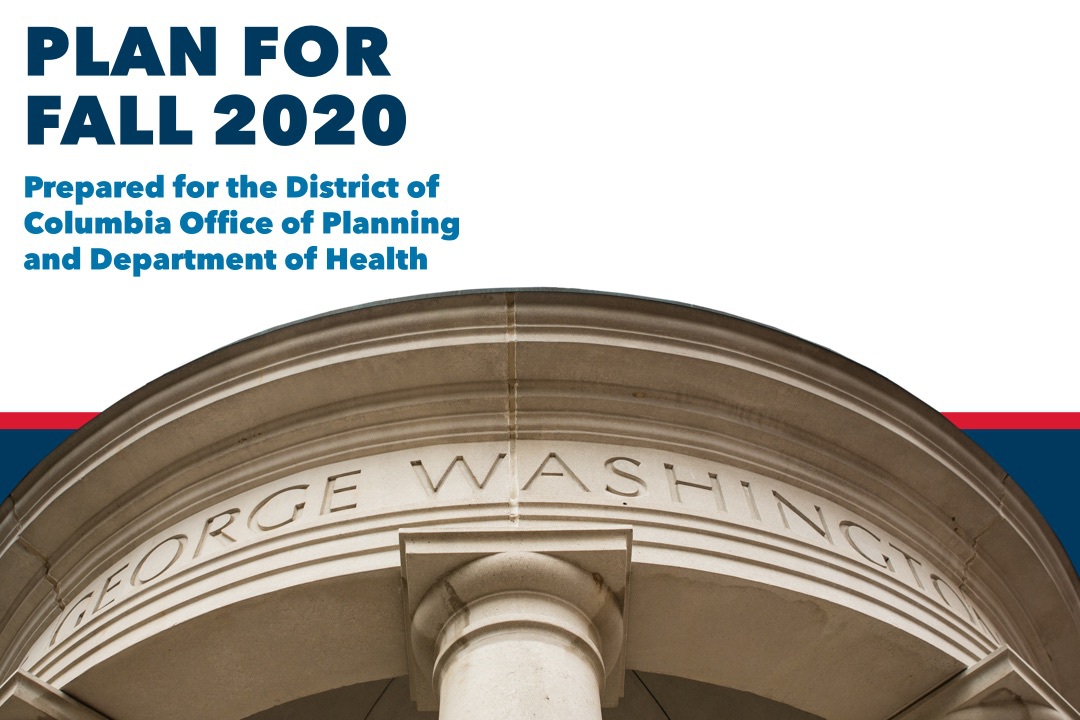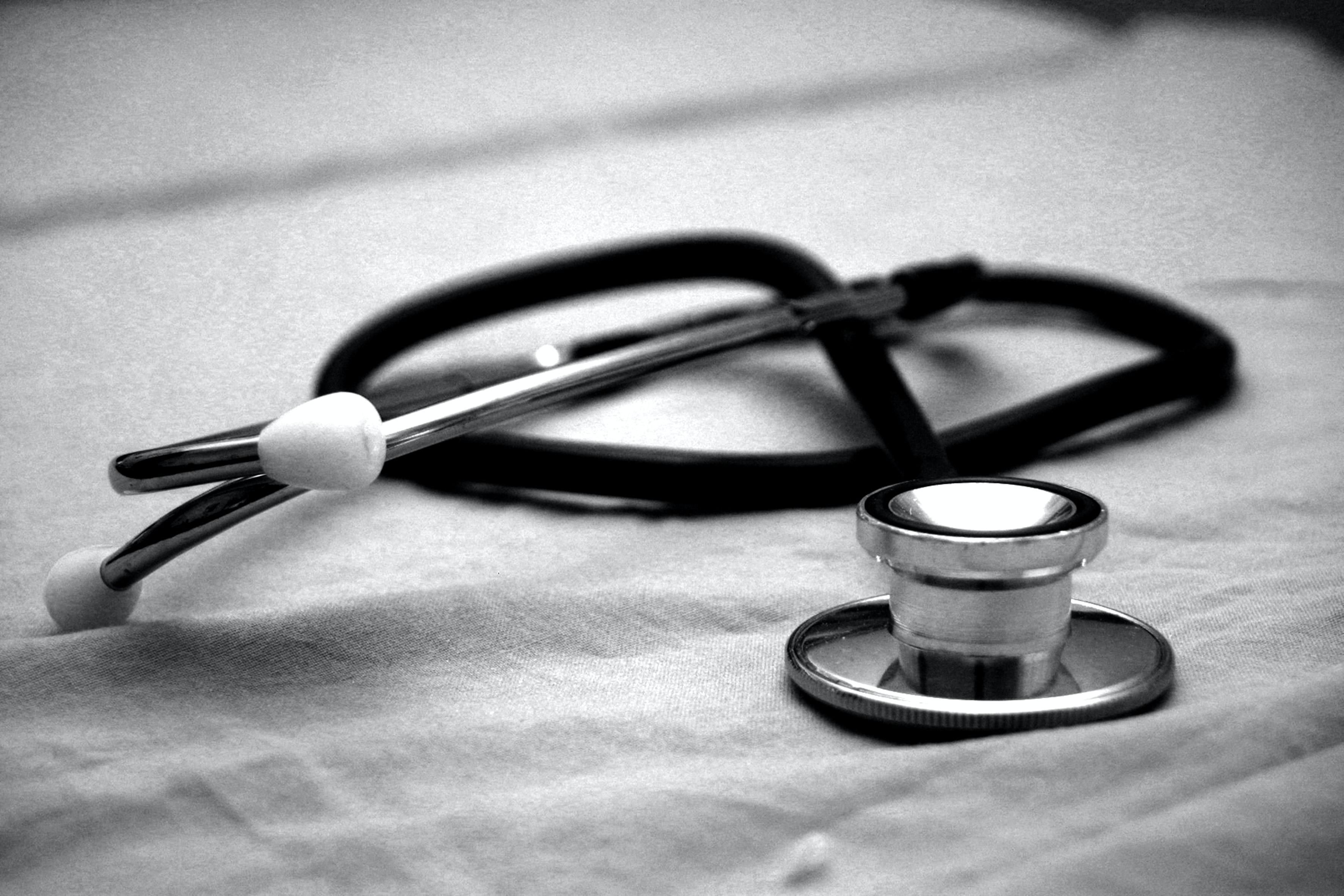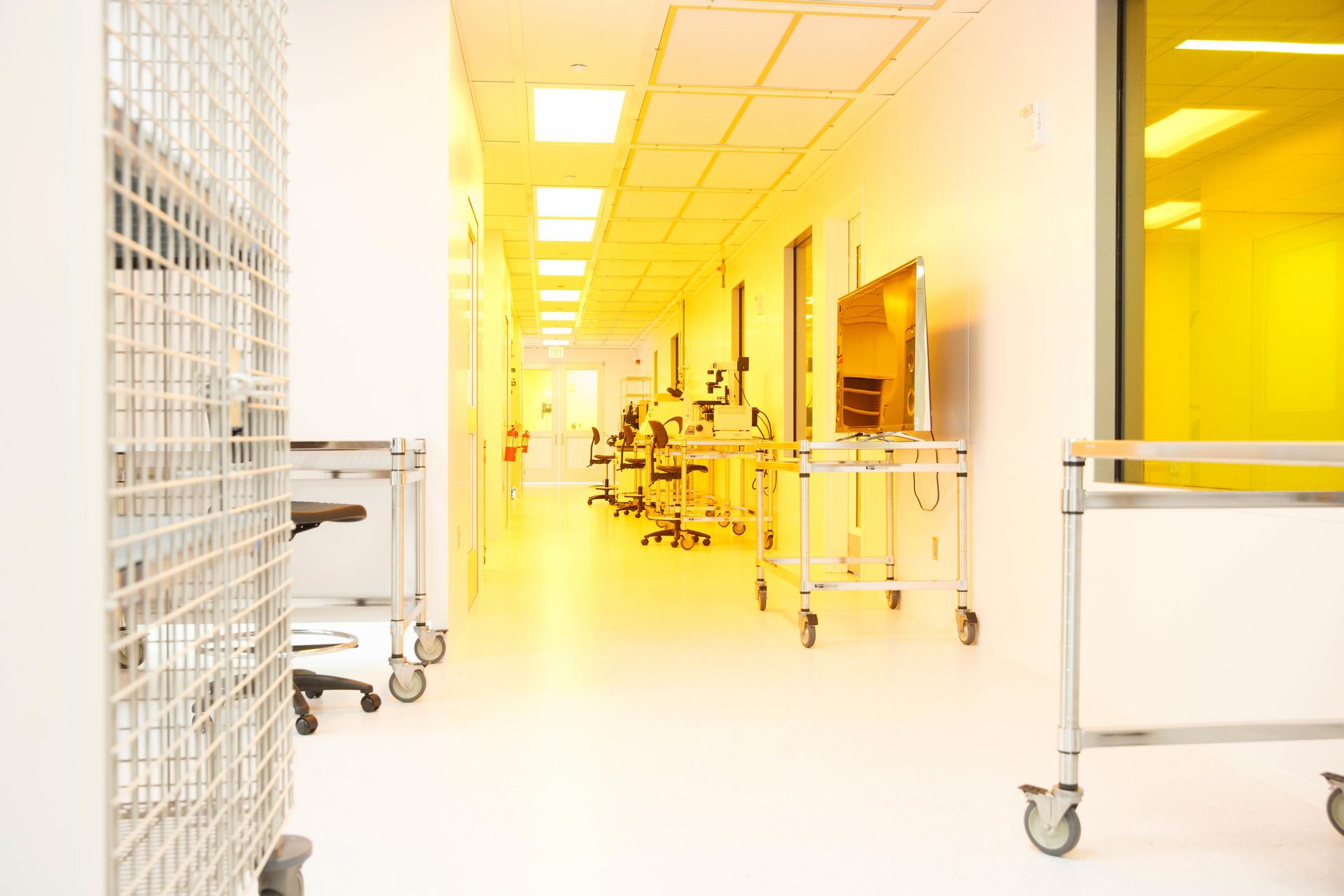To the George Washington University Community:
Thank you for your patience as we have worked diligently these past several weeks to develop our approach for a safe return to on-campus instruction and a residential academic experience. I understand that many of you have been eagerly awaiting additional details on the fall, and I am pleased to let you know that we have now submitted for review our Back to Campus plan to the District of Columbia. Our first priority, in this plan and through all of our efforts, is on the measures we will undertake for the health and safety of the GW community, in alignment with guidance from the D.C. government and other health authorities.
Submission of the plan marks a significant milestone and we have reached it thanks to the tireless work of those leading our Back to Campus Initiative, especially our safety, public health, and medical experts, as well as many other engaged members of our community, including students, faculty, and staff. While this document is a very important component of our planning, I do want to be clear that it will not answer every question you may have about the fall.
This plan should be viewed as a roadmap that lays out our objectives and outlines the approaches that we plan to employ in addressing four issues as required by the D.C. Government: Prevention Measures, Containment and Mitigation, Resurgences, and Monitoring and Coordination. A very detailed campus operations plan is under development and will be forthcoming.
I also want to emphasize that this plan is a draft, and it is currently pending review by the District’s Office of Planning and Department of Health. It has not yet been approved, and we expect we may need to make changes based on any feedback we receive. Still, we felt it important to share the plan with our community as soon as possible so you can begin to visualize how our campuses will operate in our new COVID-19 world and the measures we are taking to protect health and safety. This fall will look and feel very differently than last year, and each of us will play a crucial role in ensuring the collective health and safety of our GW community.
While this plan envisions how our community can come back to campus, it also provides flexibility to accommodate myriad circumstances that may affect members of our community. We are making accommodations for high-risk individuals to attend classes and, where feasible, work or teach remotely. We are giving students the option to attend virtually, and we expect many international students and at-risk students to do so. The university is also increasing the offerings of classes that are fully online.
We also recognize that some faculty will need to remain off campus and some will choose to do so. We are proactively reaching out to faculty and offering accommodations using guidelines developed in collaboration with the Faculty Senate. We are also working with faculty to help them adapt their existing coursework to online and blended formats as we prepare for the continuum of possible fall instruction scenarios, ranging from in-person instruction to virtual instruction.
I strongly encourage you to read the full draft plan, but I will also outline here some of the most important elements.
Testing
We plan to implement a large-scale in-house testing program led by our own public health experts in accordance with all appropriate health regulations. Regular testing will continue throughout the fall semester and will be immediately available to anyone on campus who is experiencing COVID-19 symptoms or has been exposed.
The Colonial Health Center will serve as the main health care resource for students. A new occupational health and wellness unit in the Medical Faculty Associates will provide employee health surveillance and health promotion.
Campus Contact Investigation and Reporting
We will perform on-campus contact investigations in coordination with the D.C. Department of Health contact tracing staff, via a newly established Campus COVID Investigation Team (CCIT). This will enable us to quickly identify and test potential GW community members who may be positive for COVID-19 and to clearly identify for public health authorities the individuals who have been in contact with the person. The CCIT will also serve an integrating function for data from our screening, case investigation, and related efforts.
Isolating and Quarantining
We will require isolation for any GW community member who tests positive for COVID-19, and we will require quarantine for individuals who have been in close contact of a COVID-positive person.
Students who live on campus in traditional (non-apartment) residence halls will quarantine or isolate in a separate residence reserved solely for these purposes. The university will monitor the health status of students in isolation and quarantine. Where needed, the university will provide medical care, deliver meals and offer other assistance to students in isolation or quarantine.
Faculty, staff, and students who do not live on campus will quarantine or isolate off campus and be cleared by the university’s medical experts before returning to campus.
Masks
We will require everyone on campus to wear a cloth mask when in public areas or in the presence of others, with the exception of those with medical conditions preventing use. GW community members in specific functional areas with close contact with others will wear medical masks and other personal protective equipment, as appropriate.
Social Distancing
We are taking steps to ensure that academic, residential, and office spaces are modified to allow for social distancing and appropriate behaviors are clear. These steps include, in part:
- Rearranging classrooms to ensure six feet of distance between students, faculty, and staff.
- Installing public health signage and messaging in all campus buildings to continually reinforce community expectations. Signs will also indicate room and elevator capacities with social distancing, one-way directions for stairways and hallways, and include floor markings to show people where to stand and sit.
- Reducing density in residence halls. We are reducing the number of beds in residential spaces by more than 100 by eliminating bunked beds in all units, limiting room occupancy and configuring furniture to allow six feet of distance between beds. We also will limit or suspend access to lounges and communal gathering spaces and restrict residence hall access to residents and essential personnel only.
- Reducing density in workspaces. This will include limiting the number of staff on campus through initiatives such as continued telework and staggered and rotating shifts.
- Planning for an extended, coordinated move-in period to avoid crowding. Students who live on campus will be allotted specific times to move belongings into their residence halls.
- Limiting gatherings. We will comply with the District’s requirements for group size at each stage of the District’s reopening plan. On-campus events that in the past may have had large groups in person are being reimagined and, in some cases, will be held virtually with smaller in-person components. We do not expect to hold any in-person events open to the public on campus this fall.
- Requesting street closures and restrictions. We are requesting the D.C. government close the 2100 block of H Street, NW, to through traffic. We are also requesting D.C. assistance in evaluating the need for wider sidewalks on streets serving the Foggy Bottom Campus by eliminating a lane typically used for parking.
Mandatory Seasonal Flu Shots
We will require seasonal influenza shots for on-campus students, faculty, and staff, with exceptions based on medical conditions and religious beliefs in compliance with legal requirements and standards of medical care. In the absence of a COVID-19 vaccine, it will be important to guard against other illnesses to the extent possible.
Cleaning and Sanitizing
We will meet or exceed Centers for Disease Control and Prevention guidelines for cleaning in all of our spaces, with a special focus on high-touch surfaces. We also will make available hand sanitizer and disinfecting wipes in high-traffic areas to allow for frequent self-service cleaning.
Modified Academic Calendar
As we previously announced, we plan to begin in-person instruction for most students on Aug. 31, end on-campus instruction by Thanksgiving, hold classes on Labor Day and eliminate Fall Break. These changes will help reduce the risk of travel-related virus spread.
Instruction
We are preparing for all classes to incorporate the flexibility necessary for students to be in person or online for various amounts of time this fall while still making uninterrupted progress toward their credits and degrees. Online instruction may be used if students are isolated or quarantined, in place of large lectures, or to allow for proper social distancing in classrooms with limited space.
Research
We have developed a phased plan for increasing research activity with strict protocols on density in labs and avoiding hazardous research. We will prioritize research related to COVID-19.
Resurgence Plans
The university is developing a Campus Status Indicator monitoring system based on testing results and transmission levels on campus and in the greater D.C. community. The system will include four levels that will inform the university’s mitigation measures and campus status. The current status would be prominently available on GW’s website and updated as needed.
In the event of resurgence, we will be prepared to isolate or quarantine additional community members, and we may take action to increase online instruction and telework if there are large resurgences on campus. We also will be prepared at any time to comply with any changes to D.C. requirements.
Travel
The university’s most recent travel guidance and suspension of non-essential travel will remain in place.
Community Commitment
All students, faculty, and staff will be expected to pledge that they will adhere to required health and safety guidelines established by the university and D.C. government.
I hope that you are reassured, as I am, by the thorough work of our planning teams and the deliberate and careful guidance of our GW safety, public health, and medical experts. We are making incredible strides toward our fall goals, but we have much more work to do before Aug. 31. Over the summer, our Back to Campus Initiative will be developing many more specific academic and operational plans. We will provide another update on our efforts by the end of June.
Until then, please stay safe, stay well, and Raise High!
Sincerely,

Thomas J. LeBlanc
President




